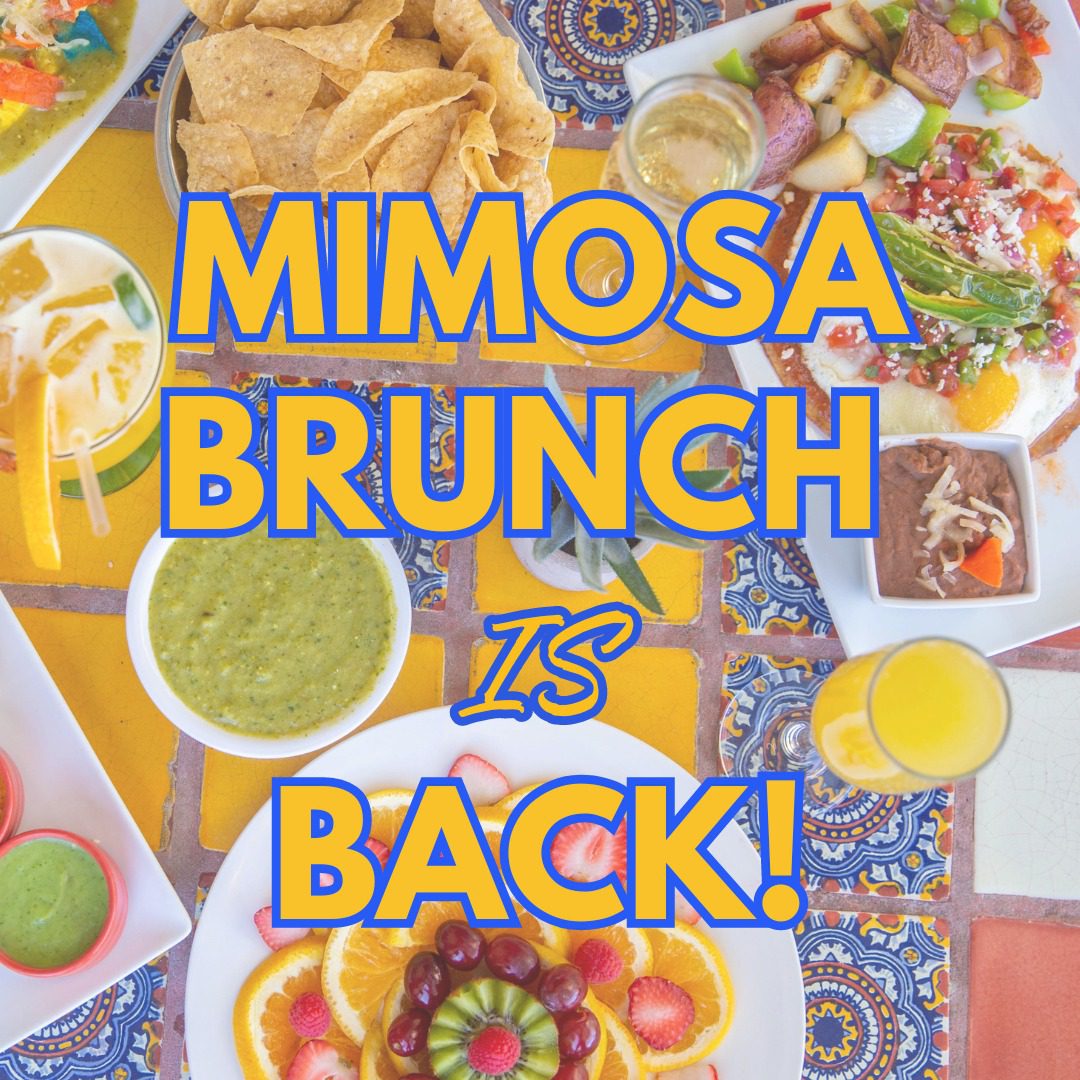Tex-Mex food is a blend of Anglo (American) food combined with Spanish/Mexican recipes.
Tex-Mex as a word or term first appeared in print in dictionaries in the 1940s, which means it was probably used by people for several years before. What is now known as Tex-Mex cuisine has been around for hundreds of years.
The first Tex-Mex restaurants appeared in Southwest cities with large populations of residents of Mexican descent or heritage. The Tex-Mex “fad” began in the 1970s by appealing to a younger generation eager to eat was touted as up-to-the-minute and trendy.
Diana Kennedy, a renowned food authority of the day, published The Cuisines of Mexico in 1972, letting readers know that what many Americans called “Mexican” food wasn’t real Mexican food. She called this Americanized cuisine “Tex-Mex.”
FoodTimeline.org reports that the term had an “exciting ring….evok[ing] images of cantinas, cowboys and the Wild West.” Kennedy’s cookbook helped spark a huge desire for “Tex-Mex” cuisine. Restaurants offering Tex-Mex food opened in Paris, throughout Europe, and all the way to such far away places as Abu Dhabi.
The Texas Historical Association’s website states that Tex-Mex foods are a “combination of Indian and Mexican” foods.
In addition, the
Tex-Mex Cookbook (2004) states that “dictionaries don’t agree on whether Tex-Mex means Americanized Mexican food in general or specifically the kind from Texas.”
Ok. Fine. But how is Tex-Mex food different from traditional Mexican food?
One thing that’s very different is the abundance of tacos, tortillas and nachos in Tex-Mex food compared to Mexican food – traditional Mexican meals don’t include these nearly as much. In other words, Tex-Mex cuisine has a lot more starch!
Meat also is used more in Tex-Mex dishes as is cumin (used a lot in chili con carne).
When you have a need for Tex-Mex cuisine, we hope your first choice will be the Mattito’s restaurant nearest you.
Image courtesy of Grant Cochrane/FreeDigitalPhotos.net





